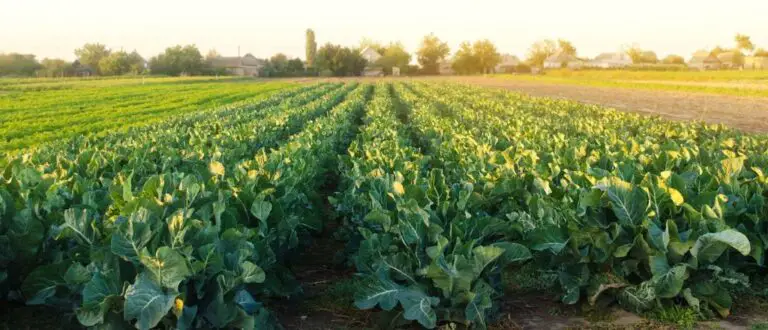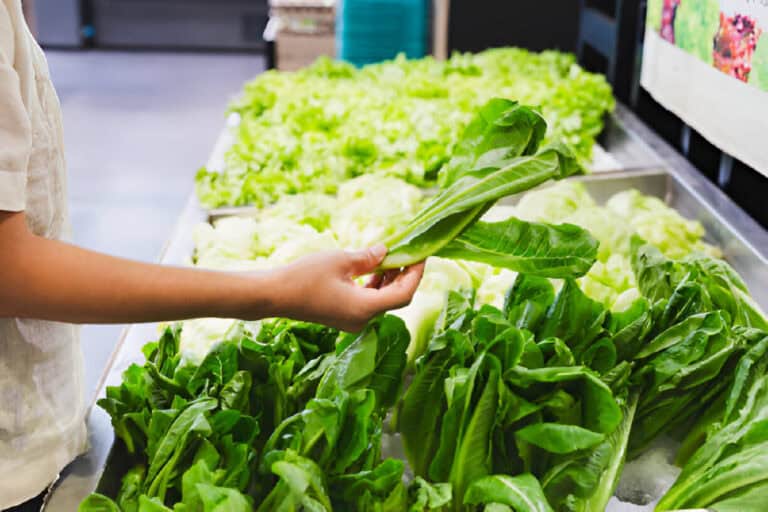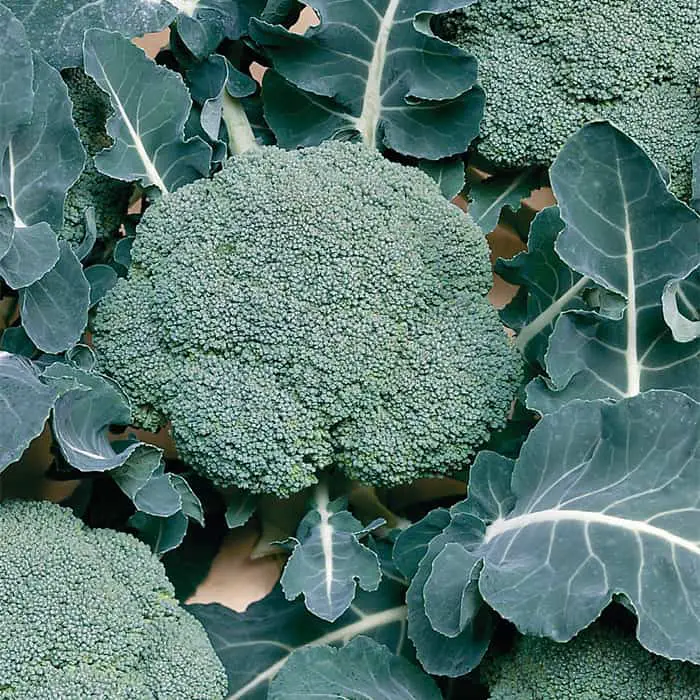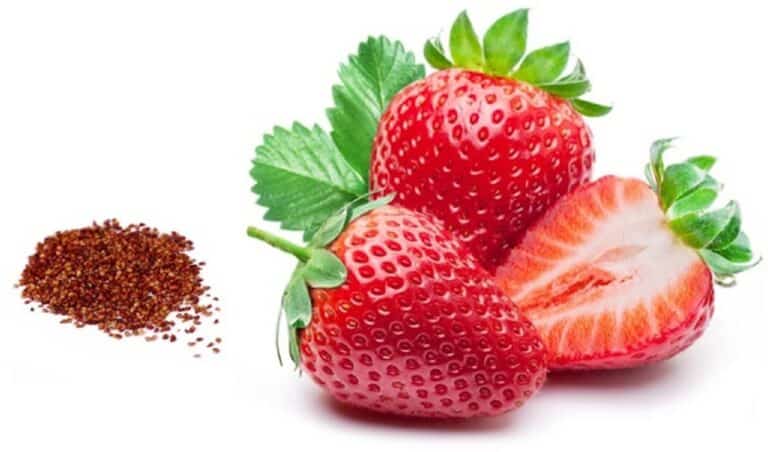Tomato Plants Fence Support: Why It’s Needed, Advantages & Disadvantages
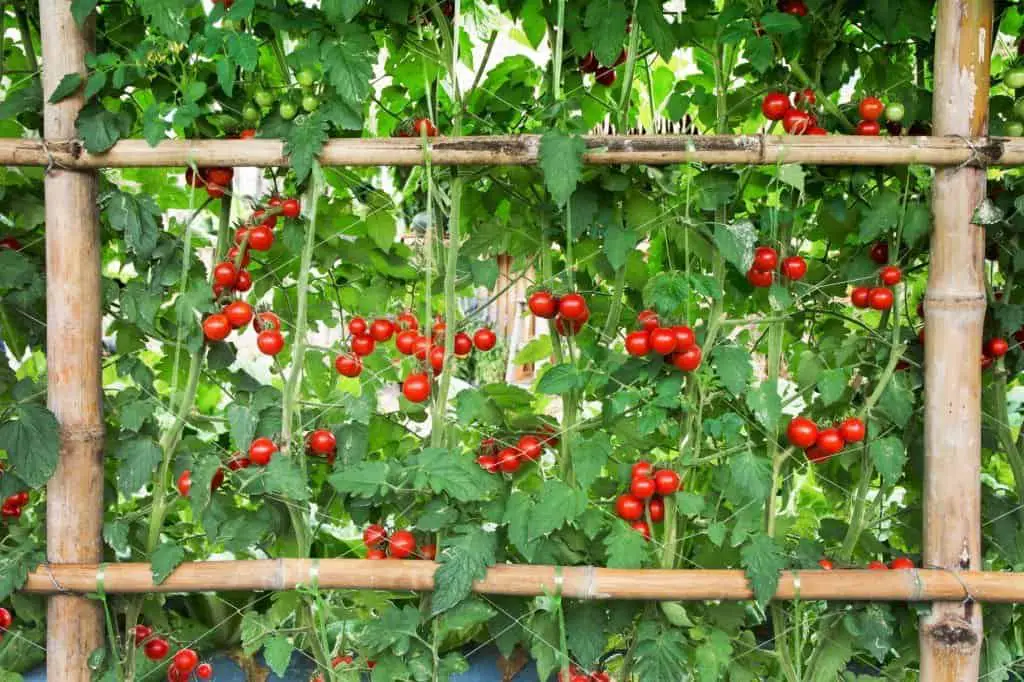
Tomato plants are a common addition to many home gardens, providing fresh fruits for salads, sandwiches, and other dishes. They are relatively easy to grow and produce a bountiful crop.
Though they’re not difficult to grow, tomato plants do require some specific care, including support in the form of fencing.
A fence is an ideal support for tomato plants, as it provides structure and stability for the plant while allowing for adequate air circulation.
When growing tomatoes with a fence support, it is important to choose a variety that is suited for climbing, such as determinate varieties. Training the plants to climb the fence can be done by tying them to the support or using clips.
With proper care and attention, your tomato plants will thrive and produce an abundance of fruit all season long.
We’ll talk about the requirement for fence support for tomato plants in this post. Additionally, we demonstrate how to use tomato plant fencing and how to set it up properly.
Differences Between Determinate and Indeterminate Tomatoes
Determinate and indeterminate tomatoes are two different types of tomato fruit. Determinate tomatoes are typically bushier, and they produce fruit all at once. Indeterminate tomatoes, on the other hand, are vines that keep growing and producing fruit throughout the season.
Both types have their own benefits and drawbacks, so it’s important to know which one you want before you plant your garden.
If you’re looking for a tomato that will give you a big harvest all at once, then determinate tomatoes are the way to go. This makes them ideal for canning or preserving, since you can get everything done in one go. However, determinate tomatoes don’t tend to produce as much flavor as indeterminate varieties.
Indeterminate tomatoes, on the other hand, will keep bearing fruit all season long. They tend to be great for fresh eating because they have a longer growing season, plus they have the added benefit of producing tomatoes that are going to be more flavorful and juicy.
If you want to keep your plants bushy and compact, then indeterminate varieties are the way to go.
Is It OK Not to Fence Tomato Plants?
Most gardeners grow tomatoes with some kind of support, but is it really necessary? For determinate (or bush) varieties, the answer is usually no. Determinate tomatoes are compact and don’t need to be staked or caged.
They produce fruit all at once, so you can harvest it all at once too. This makes them ideal for canning or preserving.
Indeterminate (or vining) tomatoes, on the other hand, benefit from some type of support. They continue to grow and produce fruit throughout the season, so you can enjoy fresh tomatoes all summer long. Staking or caging helps keep the plants upright and prevents the fruit from rotting on the ground.
What Tomatoes Don’t Need Fence Support?
Fence support is not necessary for tomatoes. Tomatoes are self-supporting plants and do not require any type of support to grow properly.
The only time you may need to provide support for your tomato plants is if they are extremely tall or are being grown in an area with high winds. If you do choose to provide support for your tomatoes, be sure to use something that will not damage the plant, such as a soft cloth or string.
Determinate tomato varieties are typically more compact and don’t require staking or caging, while indeterminate varieties can get quite tall and will need some type of support in the form of fencing.
Some of the best determinate varieties include ‘Rutgers’, ‘Mountain Pride’, and ‘Sungold’. For indeterminate varieties, try ‘Cherokee Purple’, ‘Brandywine’, or ‘Early Girl’.
Using Tomato Fence Support the Right Way
If you’re looking to support your tomato plants with a fence, there are a few things you need to keep in mind.
- Make sure the fence is tall enough. Tomato plants can get quite tall, so you’ll need a fence that’s at least six feet tall.
- Use metal stakes or posts to support the fence. This will give it the stability it needs to withstand winds and other weather conditions. It’s important to use a heavy-duty fencing material that won’t sag under the weight of the tomatoes.
- Make sure the fence is securely fastened to the ground. Secure the bottom of the fence to the ground with stakes or rocks. Otherwise, it could topple over and damage your plants. This will keep animals from getting under the fence and eating your tomatoes.
- Finally, tie or weave tomato plants onto the fence as they grow.
Advantages of Tomato Plants’ Fencing Support
While tomatoes can be grown without support, using a fence or other support structure can provide numerous advantages.
One of the main advantages of fencing in tomato plants is that it helps to keep the fruit off the ground. This not only prevents pests and diseases from reaching the fruit, but also helps to keep the fruit clean and free of dirt and debris. Additionally, fencing in tomato plants can help to prevent damage from animals such as rabbits and deer.
Another advantage of tomato plant fencing is that it provides added stability in windy conditions. Tomato plants are relatively fragile and can be easily damaged by strong winds. By supporting the plant with a fence, you can help to keep it upright and prevent it from being blown over.
Disadvantages of Tomato Plants’ Fencing Support
While having fencing support for tomato plants has many benefits, there are actually several disadvantages to using fencing as support for tomato plants.
One downside of fencing is that it can limit the amount of sunlight that reaches the plant. Tomato plants need at least six hours of direct sunlight each day in order to produce fruit, so if the fence blocks out too much light, it could impact yields.
Additionally, fences can also make it difficult to properly ventilate the plant, which is important for preventing fungal diseases.
Finally, fencing can be expensive, especially if you need to purchase multiple sections to support a large number of tomato plants.

